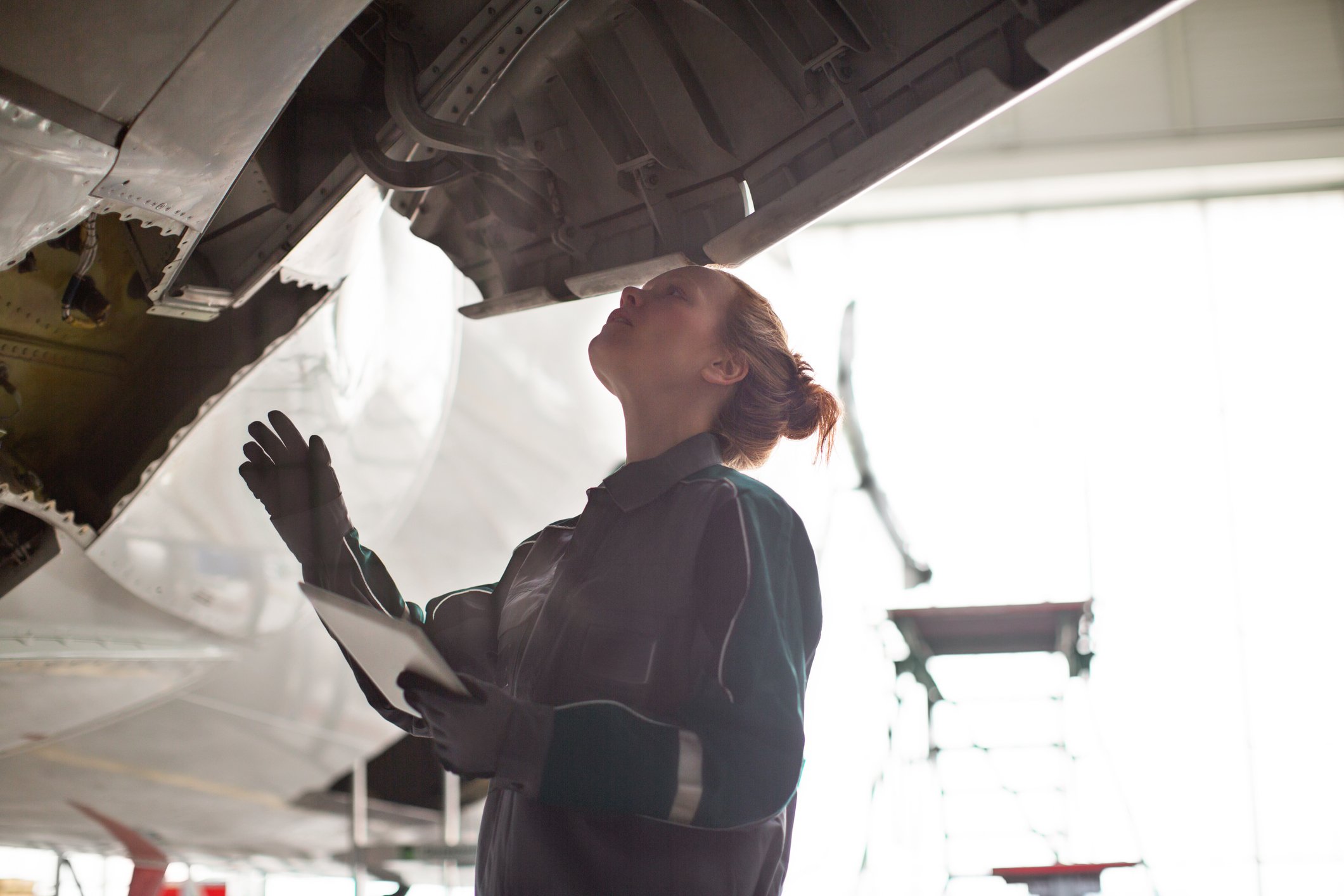In a volatile year for the stock market, one sector in the industrial world has been noteworthy for its consistency and ability to reward investors: aerospace. It has been the standout segment in the results of large industrial conglomerates like GE, Honeywell, and United Technologies even as growth has slowed in other industrial sectors such as automotive, semiconductors, and even food and beverage.
As such, investors looking for smaller and more aerospace-focused companies won't be surprised to see that HEICO (HEI 1.53%) and Hexcel (HXL 1.98%) are up big in 2019. Let's look at both stocks to see whether their outperformance can continue, and which is the better buy.
HEICO's long-term growth prospects
The case for a long-term investment in the industry is based on the startling turnaround in airline profitability since the last recession. From being an industry that struggled to cover its cost of capital in previous decades, the worldwide commercial airline industry has significantly restructured and is now going through a period of unprecedented profitability -- best seen in the multiyear backlogs at Boeing (BA 0.02%) and Airbus.

Image source: Getty Images.
One of the big winners in this environment has been HEICO, a manufacturer of engine and aircraft components. HEICO helps airlines save money by making repairs and selling parts approved by the Federal Aviation Administration (the company claims to hold over 10,000 approvals). This is a big deal because airlines can source parts from a less costly alternative than the original equipment manufacturer (OEM). In addition, it's worth noting that the highly regulated nature of the industry means HEICO has a considerable industry moat around it.
As a highly acquisitive company, HEICO has effectively been a geared play on the aviation industry in the last decade, and the result can be seen in the chart below.
There's no doubt that HEICO is a very attractive business, but is it a great investment right now? Turning to the question of valuation, let's a look at its enterprise value (market cap plus net debt) to earnings before interest, tax, depreciation, and amortization (EBITDA) -- a commonly used valuation metric.
Here is the problem: Not only is HEICO's absolute valuation looking high, it's relatively high compared with where it's been in the last decade. Moreover, on a forward valuation of 33 times EBITDA, it's going to take a while before the company grows into its valuation. Frankly, the risk/reward calculation doesn't suggest HEICO is a raging buy right now, and there are probably better ways to play the aviation theme. But is Hexcel among them?
HXL EV to EBITDA (TTM) data by YCharts. TTM = trailing 12 months.
Hexcel composite technology is taking off
Hexcel makes advanced composites for the commercial aerospace and defense and space markets, and around 14% of its sales go to the industrial market (wind energy, automotive, marine, etc). The materials it makes, largely carbon fiber composites, are stronger and lighter than comparable materials such as aluminum, and therefore can reduce operating costs for aircraft -- although the initial cost is more expensive.
Its key long-term growth drivers are the trend toward more composite content on newer aircraft -- for example, Hexcel's content on the A320neo is $450,000 while it's $300,000 on the older A320. In addition, Boeing's CEO believes there will be a pickup in wide-body demand in the near future. That's good news for Hexcel because wide-body aircraft tend to be more composite rich due to the extra need to reduce weight.
Turning to valuation, as you can see above, Hexcel's EBITDA multiple does look relatively high compared with the last decade, but then again there's a raft of new aircraft being produced (the Airbus A320neo, Boeing 737 MAX, Boeing 777X, and possibly a new midsize airplane from Boeing), and Boeing is ramping up production of the 787. The current backlog at Airbus and Boeing is worth around $9 billion to Hexcel -- equivalent to around 3.7 times its estimated sales for 2019.
Moreover, the company is set to reap the benefit of its previous investment in terms of cash flow generation in the next decade. Management expects to generate $1.8 billion in free cash flow (FCF) in the five years from 2019-2023 versus $1 billion in 2016-2020. By my calculations, Hexcel could be generating $420 million in FCF in a few years, putting it on a price-to-FCF multiple of 16.5 times -- a good value for a growth stock.
Which is the better buy?
Clearly, Hexcel looks like a better value, but be aware that it's arguably a riskier stock than HEICO. After all, there's very little aftermarket demand for composite technology, so Hexcel's prospects rely on ongoing growth in aircraft production. HEICO's prospects are more tied to hours flown and to a certain extent the age of a fleet. In addition, the pickup in wide-body orders might not come as anticipated.
That said, HEICO's valuation really does suggest that a lot of optimism has already been baked into its prospects. All told, buying both stocks requires you to be bullish on the aviation industry, but Hexcel looks like the better buy of the two.










